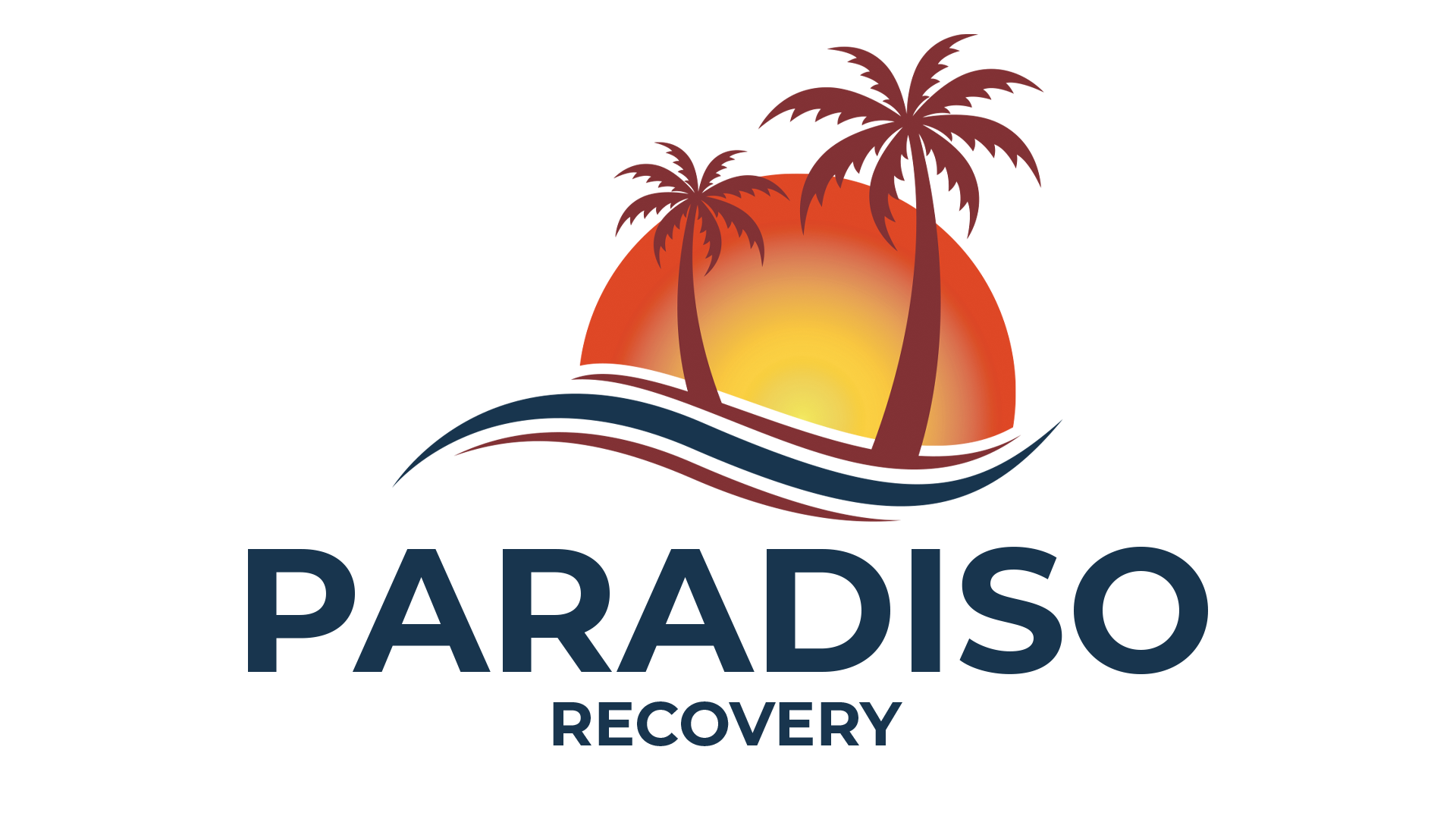Cocaine is frequently written off as “not that dangerous” compared to other drugs. This is partly due to the small quantities that can still produce a high, its image as a drug of the wealthy, and its popularity among those in professions that require working long hours. But cocaine is a potent stimulant drug associated with serious physical and psychological risks.
Chemically, cocaine can rapidly increase heart rate and blood pressure. This can lead to heart attacks, strokes, and fatal overdoses even in first-time users. Chronic use also damages nasal tissue, suppresses appetite, and impairs cognitive function.
The psychological effects of cocaine are equally severe. It alters dopamine levels in the brain, creating intense cravings and a cycle of compulsive use. Individuals may experience paranoia, anxiety, depression, and heightened aggression. Long-term use often leads to addiction, making professional intervention essential.
What is Cocaine?
Powdered cocaine is a powerful and addictive stimulant drug derived from the leaves of the coca plant. It’s commonly found in two forms: a white powder that’s usually snorted or injected, and a crystalline form known as “crack cocaine” that is typically smoked.
Cocaine produces a short-lived but intense euphoria, increased energy, and heightened alertness by flooding the brain with dopamine (a neurotransmitter tied to pleasure, learning, and reward). Because cocaine wears off quickly, users often binge to sustain its high, increasing the likelihood of addiction and overdose. But cocaine use can lead to anxiety, paranoia, and impaired judgment. Long-term use may damage the cardiovascular system and brain, making professional cocaine addiction treatment essential for recovery and long-term health.
Cocaine vs. Crack
Cocaine and crack are two forms of the same drug. But their differences in formulation, use, and impact are significant. Cocaine hydrochloride is a white powder that is typically snorted or injected. Crack cocaine, on the other hand, is processed into a solid crystal that is usually smoked. This form enters the bloodstream rapidly, producing a more intense and immediate high.
Despite sharing the same active ingredient, crack tends to be associated with higher addiction potential due to its quick onset and shorter duration. Socially, crack use and possession has also carried heavier stigmas and harsher legal penalties.
Why Cocaine Can Be Perceived as Not Dangerous
Cocaine is often portrayed in popular culture and certain social circles as a party drug, contributing to misconceptions about its danger. Its rapid euphoric effects, short duration, and association with wealth or glamour can obscure its risks, particularly among first-time or recreational users. These perceptions can be shaped by social reinforcement and a lack of immediate consequences in early use.
Factors that contribute to this reputation for cocaine include:
- Cocaine is often normalized in media, music, and celebrity culture.
- Users may not experience severe side effects initially, reinforcing continued use.
- The drug’s stimulant effects (confidence, energy, and alertness) can be misinterpreted as positive enhancement.
- Social environments may downplay or dismiss warnings about addiction and long-term harm, encouraging living in the moment.
- The powdered form may appear less “dangerous” than injectable or smoked drugs.
These factors can mask the cocaine’s addictive potential and serious health risks.
Cocaine’s effects are rapid and intense, but notoriously short-lived. Once ingested, the drug triggers a surge of dopamine, producing a euphoric “rush” that lasts only minutes to under an hour depending on the method of use. This fleeting high often drives repeated use in a short time, increasing the risk of dependence, overdose, and long-term harm. The brevity of these effects can also distort perceptions of safety, especially among casual or first-time users.
But even in the short term, cocaine’s physiological impact can be serious. The body responds with elevated heart rate, blood pressure, and body temperature, which strains the cardiovascular system and heightens the risk of heart attack or stroke.
Consumed in Small Amounts (Typically)
Cocaine use is often initiated or sustained with the belief that small quantities (often referred to “just a bump”) pose little to no risk. This term refers to taking a minimal dose, typically snorted, for a quick burst of energy or mood enhancement.
While the amount may be small, the impact can still be significant. Even low doses of cocaine can raise heart rate, tighten blood vessels, and trigger changes in brain chemistry that reinforce craving and compulsive use. Frequent use of small amounts can build tolerance, meaning users require more over time to achieve the same effects. This pattern can quickly escalate into regular use, masking the drug’s dangers beneath a perception of control.
The myth of moderation with cocaine can be dangerous. What feels like a brief high can cascade into long-term consequences, including cardiovascular strain, sleep disturbances, mood instability, and heightened vulnerability to addiction. One moment of use can put physical and mental health on a steep decline.
Used to Maintain Energy
In fast-paced service industries (especially restaurants, hospitality, and nightlife), cocaine has become popular as a stimulant to stay alert during long shifts. Its ability to temporarily boost energy, confidence, and focus can appeal to individuals managing stressful environments, late hours, and demanding customer interactions.
However, this practice is deeply problematic and carries significant health and occupational risks. Cocaine’s short-lived high can lead to repeated use, compounding physical strain and emotional instability. While it may seem to enhance performance at the moment, its long-term effects are detrimental not only to the user but also to workplace safety and team dynamics.
Weight Loss Effects
Cocaine developed a reputation as a party drug from the 1970s onward. But its reputation was solidified in the 1990s as a glamorous drug of the rich — and thin. Its stimulant effects were prized in an era of “heroin chic,” when the desired physique for women was frequently extremely thin with long limbs. It was part of a changing cultural attitude toward drug use partly due to the new popularity of grunge music.
However, using cocaine (or any stimulant) as a weight-loss method can become extremely dangerous. No matter a person’s size, food is necessary to sustain critical body systems. The temporary suppression of appetite that can result from stimulant use does not mean the need to eat is completely removed. Needing cocaine to sustain a thinner physique can easily lead to physical dependency, where cocaine is no longer “fun” but essential for the person to feel normal.
Short- and Long-Term Effects of Cocaine Use
Immediately after cocaine use, individuals may experience euphoria, increased energy, and heightened alertness. These short-lived effects are often accompanied by elevated heart rate, blood pressure, and body temperature, placing strain on the cardiovascular system. Users may also encounter restlessness, anxiety, and muscle twitching.
Over time, continued cocaine use can lead to severe physical and psychological damage. The heart, brain, gastrointestinal system, and respiratory tract are especially vulnerable. Chronic use of cocaine is linked to heart attacks, stroke, malnutrition, cognitive decline, and addiction. Psychiatric symptoms such as paranoia, depression, and psychosis often intensify with prolonged exposure to cocaine.
Signs of Cocaine Addiction
Cocaine use exerts powerful, harmful effects on multiple body systems, both in the short and long term. Immediately after use, individuals may experience heightened alertness, euphoria, increased energy, and rapid speech (the famous “cocaine chattiness”). Users may also experience muscle twitching, restlessness, and feelings of anxiety.
If someone has ceased activities that used to give them joy, or their social circle has shifted solely to people who use cocaine, this may be cause for concern for addiction. Cocaine’s notorious high price may result in financial consequences. But above all, the ultimate sign of addiction is the inability to stop using an addictive substance despite negative consequences.
Receive Support for Cocaine Addiction at Paradiso Recovery
At Paradiso Recovery, individuals facing cocaine addiction receive compassionate, personalized care in a healing environment. Our dedicated clinicians, therapists, and medical staff deliver evidence-based treatment tailored to each person’s unique journey. We guide clients through medically assisted detox, addiction-focused therapy, and aftercare planning with professionalism and empathy. With expertise in substance use and dual diagnosis treatment, our multidisciplinary team fosters lasting recovery and emotional resilience.
If you’re ready to reclaim your life from cocaine addiction, contact us today. We’re not here to judge your past or your experience with drug use. We want to help you recover from addiction and build a fulfilling new life that doesn’t depend on drugs to feel fun and fulfilling.

